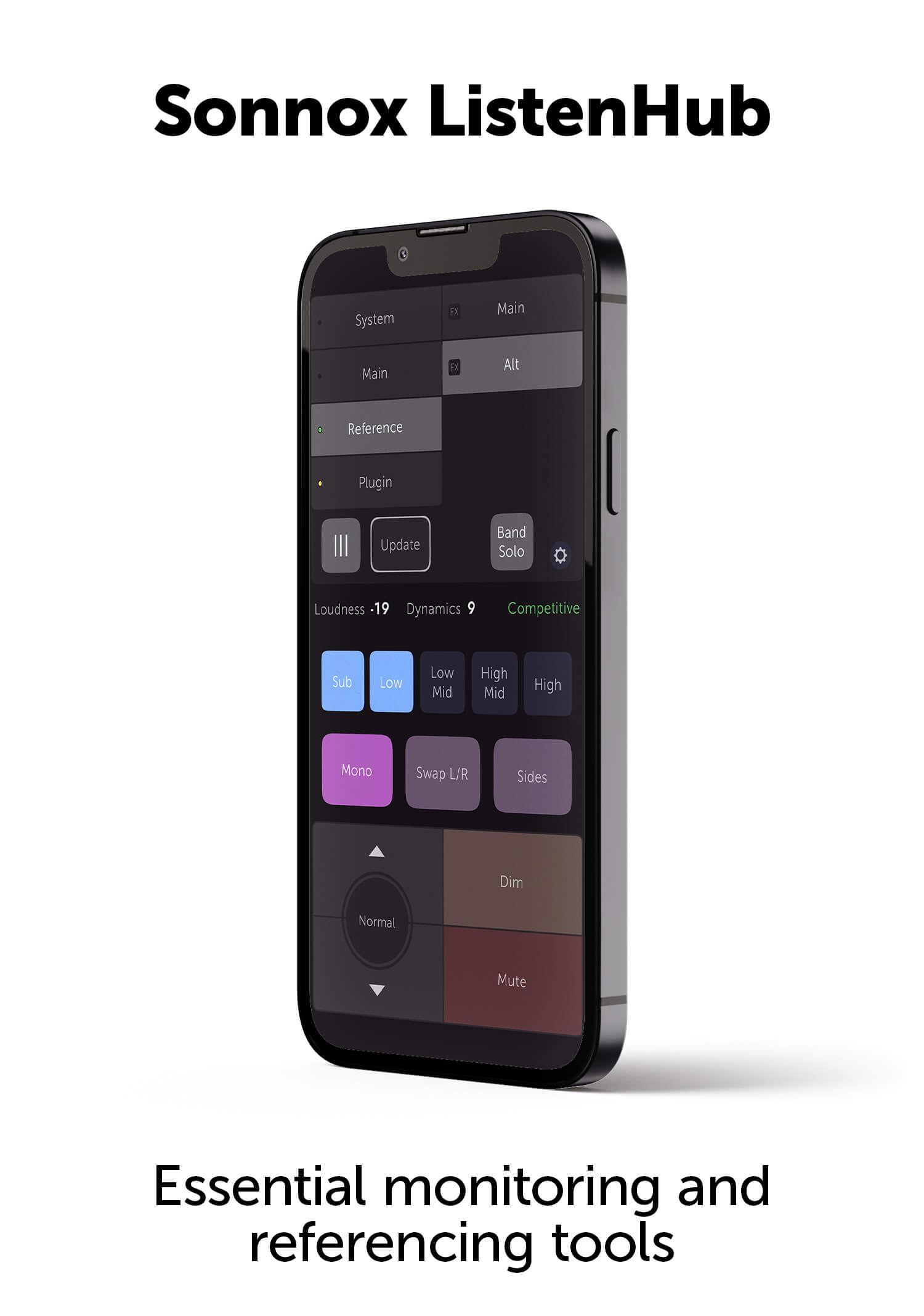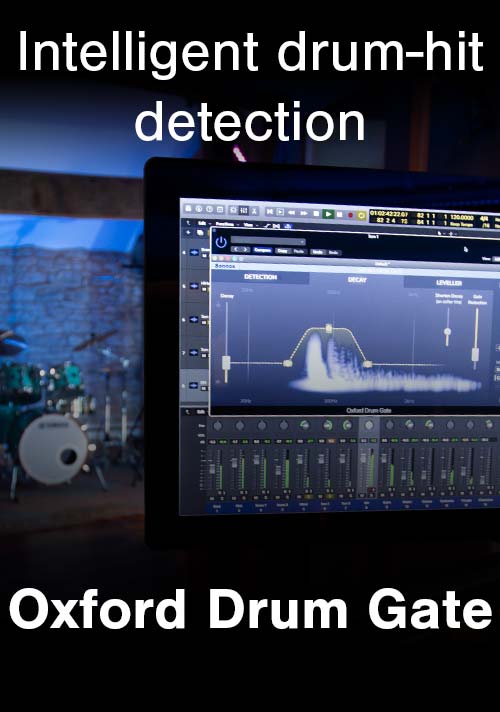Mi Casa Multimedia
Brant Biles

Mi Casa Multimedia, located in the Hollywood Hills of Southern California, has a demanding client base that ranges from 20th Century Fox and New Line Cinema to Stevie Wonder and The Rippingtons. Living their theme “Hi Def Audio for Hi Def Video”, they are one of the leaders in Surround Sound audio mixing and production for Motion Picture, Music and HD Video. Founded in 1997 by producer/ synthesist Robert Margouleff and engineer/ musician Brant Biles, Mi Casa delivers the highest quality audio, regardless of its original condition. One of the tools they rely on to get the job done is the Sonnox Restore Suite of plug-ins. Recently, we caught up with Biles to talk about their use of Restore on several recent projects.
What films have you used the Restore Suite on?
I’ve used the plug-ins on both Fantastic Voyage and The Sound Of Music. Fantastic Voyage was made in 1966 and was one of my favorite films as a kid. It’s an amazing sci-fi movie, so it’s nice to work on it.
Tell us a little bit about your process.
Well, when doing restoration, we first use a number of tools to go through and fix things that are egregious, such as dropouts, clicks and pops. Once you go ahead and do a static noise reduction pass, you all of a sudden unveil the differences from cut to cut. When examining one shot to another shot, there might have been a layer of noise on top of the scene, which made the transition from shot to shot unnoticeable. But once you remove this first ‘layer of the onion’, suddenly all these other artifacts come out.
The thing that’s great about the Sonnox tools is that they have automate-ability inside the Pro Tools environment. That is the “key to the lock”. Beyond that, it’s really about sound quality. The people at Fox, when they are sitting here listening, are almost in disbelief that it can be cleaned up that accurately. At the cut, you drop into a certain noise reduction curve and it just cleans it right up.
What we’ve learned is that if you have a constant noise background, it doesn’t really bother you. It’s when things shift instantaneously that it really perks your ears up and you realize something happened there. That’s where Restore’s automation is just fantastic.
Do you call up a preset and tweak it?
Sometimes. The place that I usually start is with DeNoiser working from about 4kHz and up. So it doesn’t touch the bottom end from 4kHz on down. I begin at that point and build a curve from there. I’ll have the software do its auto sensing, which is another amazing thing about these plug-ins – the fact that they track the noise floor. I don’t know how they do it, but it’s pretty cool!
If a scene comes up that pushes against the signal itself, it will automatically track it and not garble the underlying audio you want to keep.
Are you mostly focusing on the intelligibility of the dialog?
Yes, but it’s also the ambient space, especially when working with mono tracks. You’re not going to get to go back in and create any kind of surround ambience. With Fantastic Voyage, it’s just a single track for restoration, and you’re trying to remove noise from it. So how do you remove the noise, yet keep the ambient quality of the original recording? That’s where the DeNoiser is great.
Certainly, with any tool, you can overuse it and do destructive things. So you have to be careful. The fact that you can go into every frequency band and fine-tune the reduction that you are doing is outstanding.
How about the DeBuzzer?
That is a brilliant algorithm! So many times, you go in and look at ground hums. It’s usually 60 Hz noise, or 50 Hz if it was recorded in Europe, and the subsequent harmonics that stack up on top of that. You can sit there with EQ’s and other programs, and they tend to carve out a little too much. But with the DeBuzzer, the fact that it will lock in to a fundamental frequency and enable you to put notch filters on subsequent harmonics of that is really cool.
What’s also really nice is that, let’s say that frequency shifts, which sometimes it does for various reasons. It may shift from a straight 60 Hz to 59 Hz. Now you might think that’s not that big a deal, but if you look at the harmonics, the 59 goes up to 118, then up to 236, and so on. The whole frequency center starts to shift on the buzz you might be trying to remove. But the DeBuzzer will track it and I don’t know of any other program that does that.
That is one thing I have to say about this whole Restore Suite. I love its intuitive nature to look at the underlying problem beneath the actual audio you want to keep and make a good judgment as to what it should remove and what it shouldn’t.
So hum is a major issue that you see a lot?
Yes, and the Sonnox software deals with the hum of mains power, and its subsequent harmonics, really well.
We had a situation where one of the engineers removed the 60 Hz hum from a piece of music in the Sound Of Music, but there was still the 120 and 240, etc, stacked up on top of that. I decided to go back to the original file so the Sonnox DeBuzzer could look at that original fundamental and then stack the harmonic notch filters on top of that. It was an interesting situation where I told him to revert back to the original so we could let the Oxford DeBuzzer fix the anomaly.
Tell us more about working on The Sound Of Music…
Well, the Sound Of Music was mixed originally in a format you would call 6.0. It had five channels across the front and a mono surround. So we had that as a starting point, but we were asked to do a 7.1 mix on it.
We also had a 24-track music stem available to us, and I was able to go in and take some of the orchestral elements and work with them. So it will be a true 7.1 mix with the five in the front represented properly. The two side channels have supplementation by the original music stem, and then the rear has a little bit of that pulled into it but also the mono sitting back there. So it’s a true 7.1 mix from a 1964 film - and it’s outstanding.
How did the Sonnox software get utilized on that?
Well, once again, when we were done with our initial noise reduction and filter passes, the more noise you remove the more that becomes unveiled. You find these situations where you need to go in and do surgical noise reduction, or surgical hum reduction. The Sonnox tools were able to handle that without a challenge. It was incredibly easy working with them.
Beyond using the Restore bundle, we also used the Sonnox Oxford SuprEsser plugin. I can’t tell you how great that is. So often, with these older films, the dialog that comes off a playback track might have all this 3-5kHz spiking and sibilance. The SuprEsser can track that incredibly well and literally just suppress it. But it doesn’t do it to the point where you’re actually degrading the overall sonics of the mix. It just lightly steps on the dialog sibilance, and things that might make your ear turn.
I really like using this plug-in for restoration purposes. It just smooths things out and really brings it up to date.
Overall, our workflow is different for every single project we do. It’s kind of like walking down a road that you build yourself. Sometimes you back yourself into a corner and sometimes it’s a glorious path. But the thing that I absolutely love about this whole suite of Sonnox restoration plugins is the automate-ablilty, and the fact that you can quickly go in there and surgically set it up to hit specific points. All the while, you’re not affecting the rest of the audio. That is truly invaluable.
Interview and editorial provided by Rich Tozzoli




